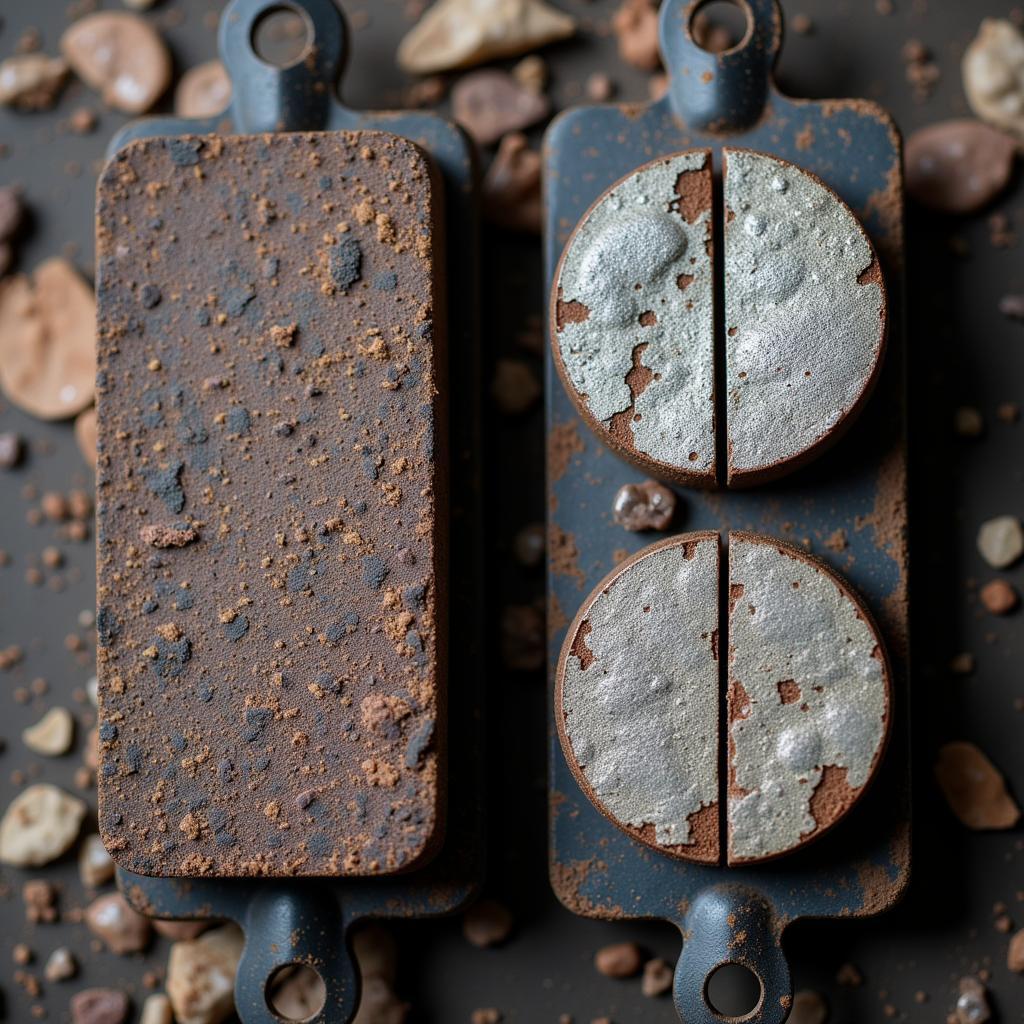Starting an automatic car with a dead battery can be a frustrating experience, but with the right knowledge and tools, it can be a relatively simple process. This guide will provide you with several effective methods to get your car back on the road. We’ll cover everything from traditional jump-starting to more modern solutions.
Common Causes of a Dead Battery
Before we delve into the solutions, it’s helpful to understand why your car battery might have died in the first place. Common culprits include leaving lights on, extreme temperatures, old age, and faulty charging systems. Identifying the root cause can help prevent future occurrences. You can learn more about this in our article about a flat battery car won t start.
Signs of a Dead Car Battery
Recognizing the signs of a dead battery can save you time and prevent further complications. Typical symptoms include dimming headlights, a slow engine crank, clicking sounds when turning the key, and malfunctioning interior lights or electronics.
Jump-Starting Your Automatic Car
Jump-starting is the most common method to start an automatic car with a dead battery. It involves using jumper cables to connect your dead battery to a live battery in another vehicle.
- Position the vehicles close enough so the cables can reach, but ensure they are not touching.
- Connect the red (positive) cable to the positive terminal of the dead battery.
- Connect the other end of the red cable to the positive terminal of the good battery.
- Connect the black (negative) cable to the negative terminal of the good battery.
- Connect the other end of the black cable to a clean, unpainted metal surface on the car with the dead battery. This acts as a ground.
- Start the vehicle with the good battery and let it run for a few minutes.
- Try starting the car with the dead battery.
“Always double-check the connections before starting either vehicle,” advises John Smith, ASE Certified Master Technician. “Incorrect connections can damage both batteries or even cause an explosion.”
Using a Portable Jump Starter
Portable jump starters are a convenient alternative to traditional jump-starting. These compact devices contain a battery that can provide enough power to start your car.
- Connect the red (positive) clamp to the positive terminal of the dead battery.
- Connect the black (negative) clamp to the negative terminal of the dead battery.
- Turn on the portable jump starter.
- Try starting your car.
- Once the car starts, disconnect the clamps.
If you are concerned about the condition of your battery after it dies, check out our article on will a battery maintainer charge a dead battery.
Push-Starting an Automatic Car: Not Recommended
While push-starting is an option for manual transmission vehicles, it’s generally not recommended for automatics. The complex mechanics of an automatic transmission make it unlikely to start this way and could potentially cause damage.
Can I use a battery charger to start my car?
Technically, some high-powered battery chargers have a “start” function. However, these are typically for emergencies and can shorten the lifespan of your battery. It’s best to properly charge a dead battery instead of using this method frequently. Sometimes, a dead battery can also trigger the check engine light. You can find out more about it in our article about check engine light after battery died.
“A portable jump starter is a worthwhile investment for any driver,” says Sarah Jones, Automotive Electrical Engineer. “They’re compact, easy to use, and provide a safe and reliable way to start an automatic car with a dead battery.”
Preventing Future Dead Batteries
Regular maintenance can help extend the life of your battery and prevent future headaches. Have your battery tested regularly, especially during extreme weather conditions. Be mindful of leaving lights or accessories on, and address any electrical issues promptly. Check our article on S Max battery drain if you suspect a drain issue with your Ford S-Max.
Conclusion
Starting an automatic car with a dead battery doesn’t have to be a daunting task. By understanding the different methods and following the correct procedures, you can quickly and safely get back on the road. Remember to prioritize safety and address the underlying cause of the dead battery to prevent future occurrences. Knowing how to start an automatic car with a dead battery is a valuable skill for every driver.
FAQ
- How long do car batteries typically last? Car batteries typically last between three and five years.
- Can I leave a portable jump starter connected overnight? While it’s generally safe to leave it connected for a short time, it’s best to disconnect it once your car starts.
- What should I do if my car won’t start after jump-starting? There may be a more serious issue with your car’s electrical system, and it’s best to consult a mechanic.
- Are all portable jump starters the same? No, they vary in power and features. Choose one that’s appropriate for your vehicle type.
- Can I jump-start my car from a hybrid vehicle? Consult your owner’s manual, as some hybrid vehicles have specific procedures or restrictions for jump-starting.
- Is it safe to jump-start a car in the rain? Yes, as long as you take precautions to keep the connections dry and avoid touching metal parts.
7.. How can I start automatic car with dead battery? Refer to the methods outlined in this article, including jump-starting with cables or using a portable jump starter.

